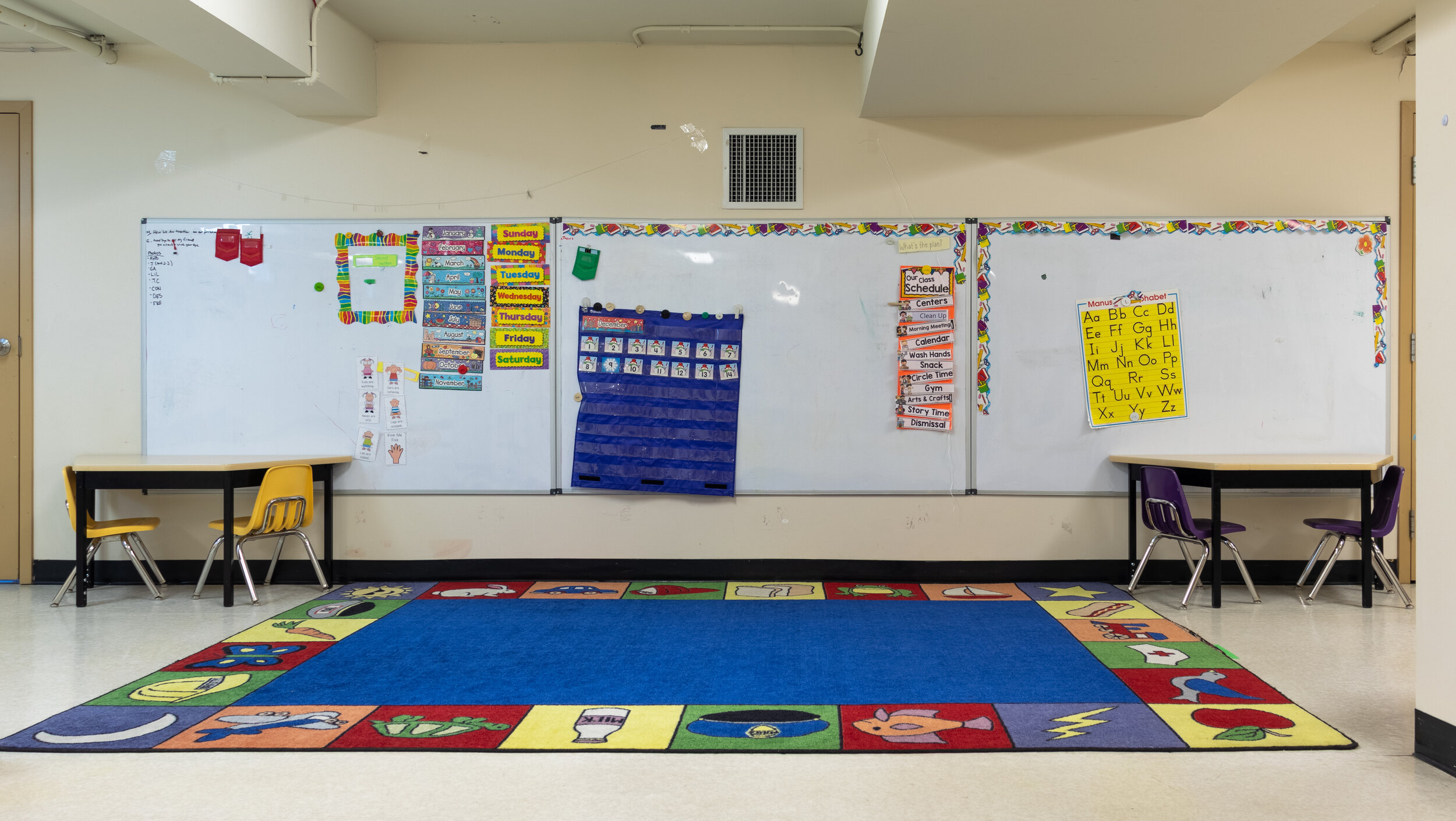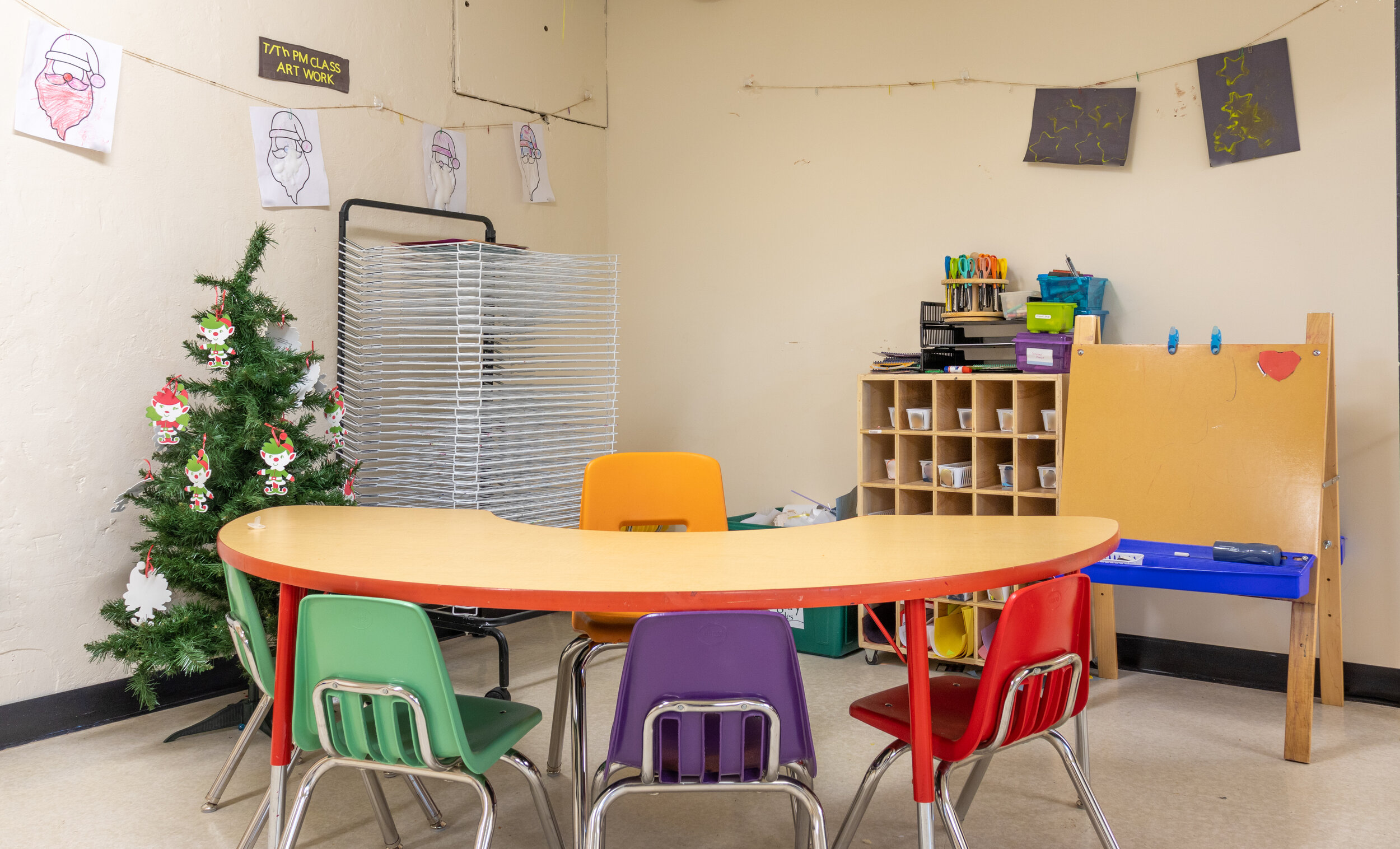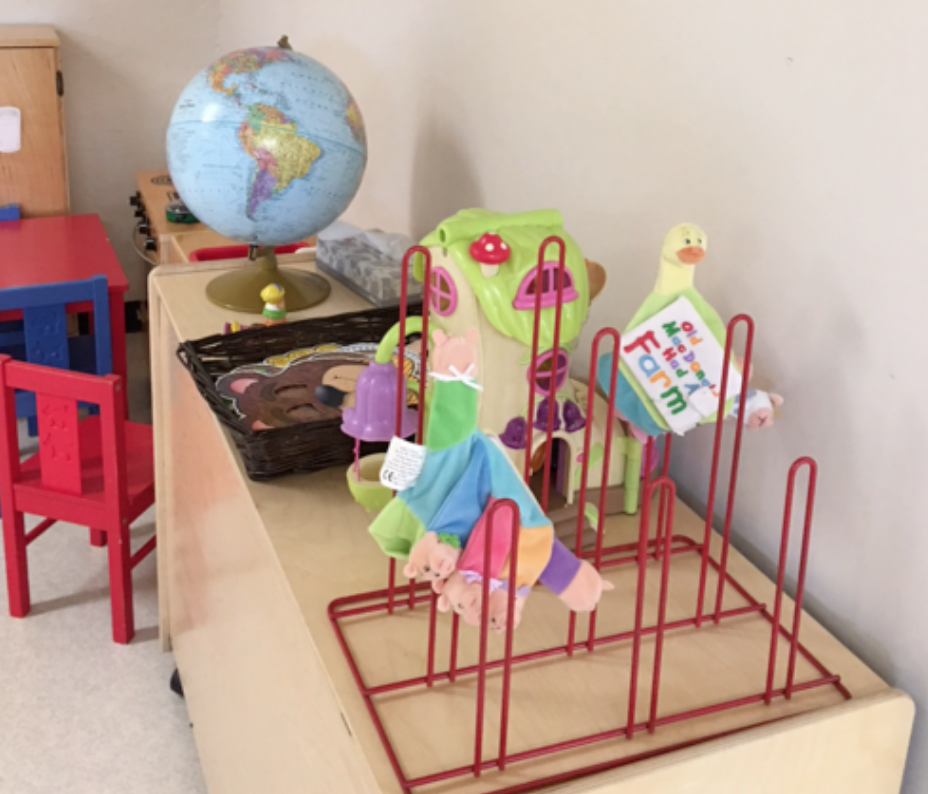CLASSROOM STRUCTURE
During the 2.5 hours your child is at school, here is a breakdown of what to expect from your child's education:
Small Center Time to Start the Day:
While children are dropping off their belongings they are encouraged to learn their hook number as well as the spelling of their name with name tags. Children are encouraged to play at various play stations while waiting for everyone to get settled into the classroom.
Children are learning:
Numbers identification
Spelling of their names
Quiet independent play
Circle Time:
Encourages students to sit and listen while learning.
Welcome song, calendar review, and an introduction of the daily theme and craft. Children review classroom rules, once circle time is completed students are encouraged to stand up and play at various centres and complete the craft.
Children are learning:
Sit still and listen — Understanding the spoken language.
My ideas have value — Participating in the discussion.
Respect - Be considerate of the needs of others.
New vocabulary — Connected with the topic of discussion.- Memory - remembering the words of the songs or poems
Friendship — Remembering the names of others in the group.
Cooperation and participation — Waiting you turn while others are talking.
Center Time:
Children explore various activities such as role play, puzzles, matching games, toys, building blocks, sensory stimulation type of activities. The teachers change the classroom set-up to encourage students to participate in new activities throughout the year. At this time children take turns completing their craft.
Children are learning:
Imagination — Flexible in my thinking, and exercise my creativity
Expression — Communication though sentences.
Role play — Trying on different adult roles.
Problem solving — Socially negotiating with friends.
Organizing — Putting objects where they belong
Decision making — Story or game being played
Improvising — Abstract thinking using objects/symbols/toys to represent something else
Cooperation with others — Carrying out ideas, play, and respecting friends
Reading — Matching objects with the words associated with them
Critical thinking — Creating, repetition, patterns and building
Math — Counting
Problem solve, express ideas, and play with others
Circle Time:
Children are all asked to participate in cleaning up and putting away toys prior to gathering for the second circle time. At this point, the teacher will read a story and/or encourage students to participate in a dance or exercise.
Children are learning:
Sit still and listen — Understanding the spoken language.
My ideas have value — Participating in the discussion.
Respect — Be considerate of the needs of others.
New vocabulary — Connected with the topic of discussion.- Memory - remembering the words of the songs or poems
Friendship — Remembering the names of others in the group.
Cooperation and participation — Waiting you turn while others are talking.
Snacks:
During the second circle time, tables are being cleaned and placemats are out for snack time. Once this circle time is completed children clean their hands and retrieve snacks. When snacks are done children have quiet time with books/puzzles/colouring while everyone finishes.
Snack requirements:
Two nutritious snacks of different food groups
Drinks — Water bottle or juice box
Please provide snacks in a lunch box.
Exercise:
Children will play in the gym or outside depending on the weather every day. Children get to play with various objects such as balls, parachute, hoops…
Children are learning:
Play well with others
Fresh air and exercise













